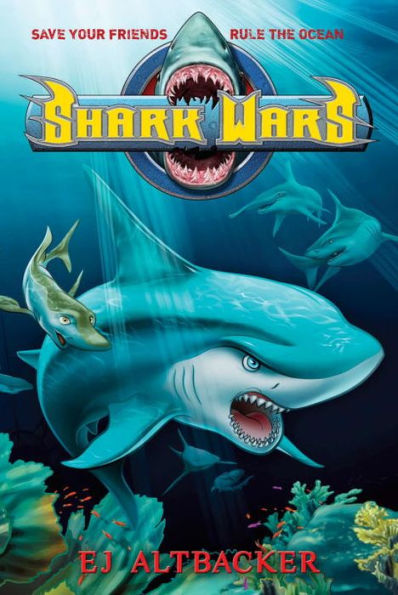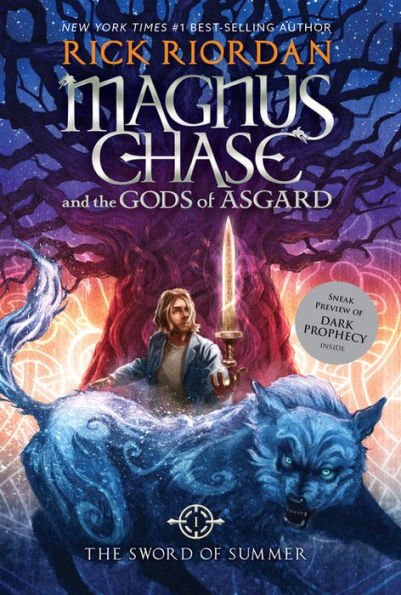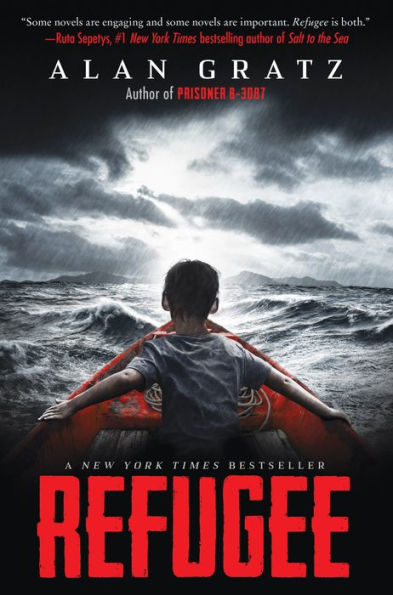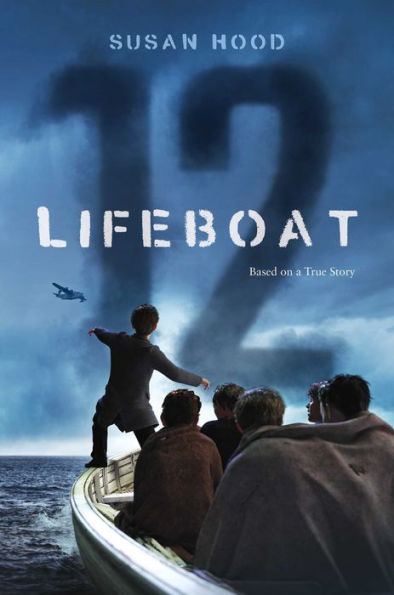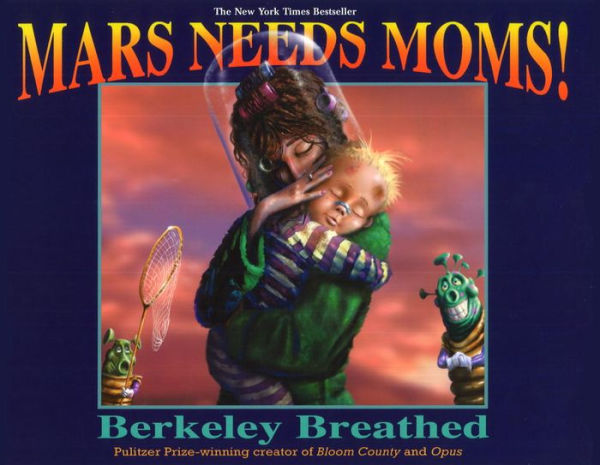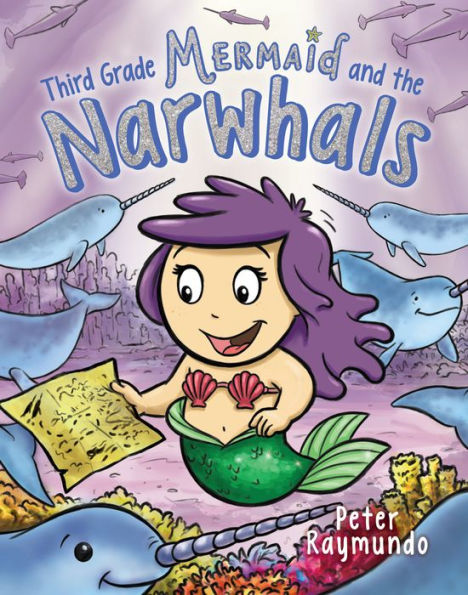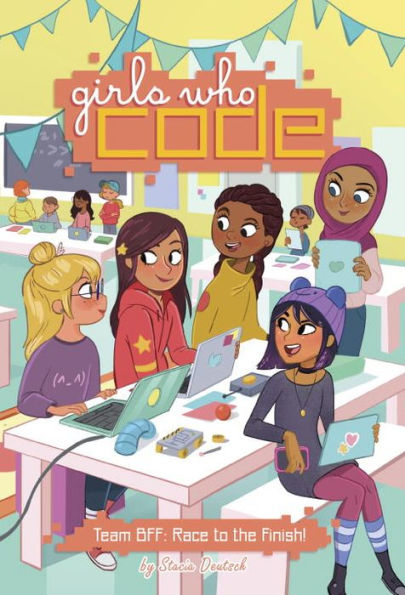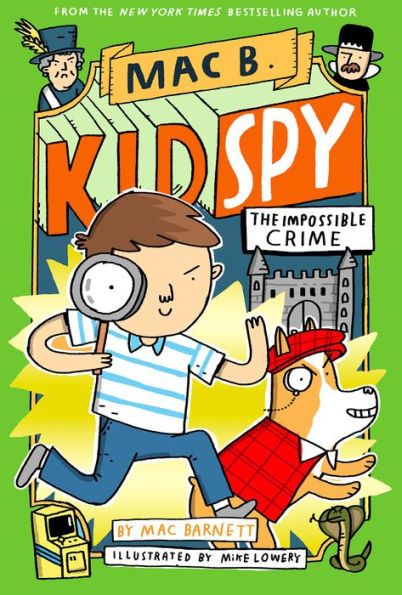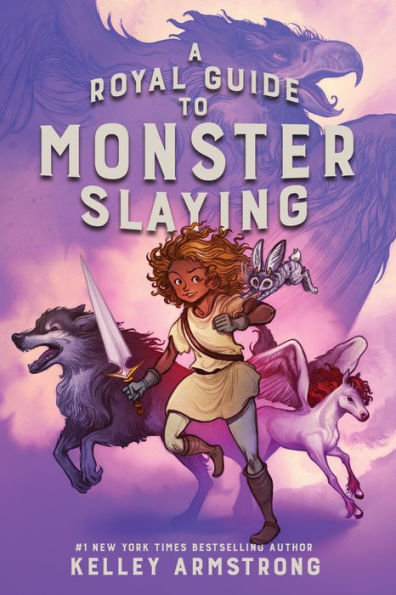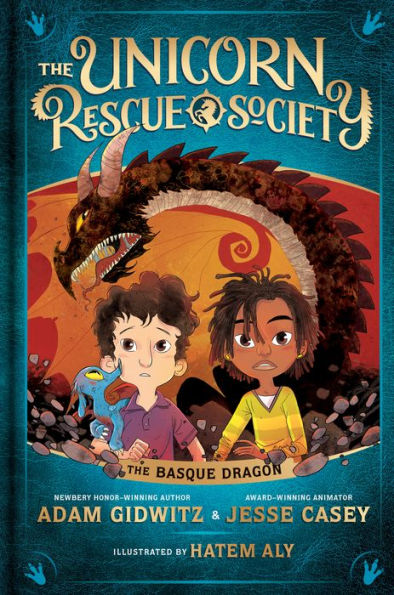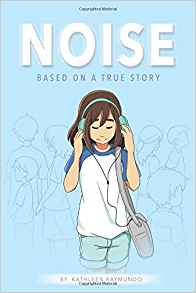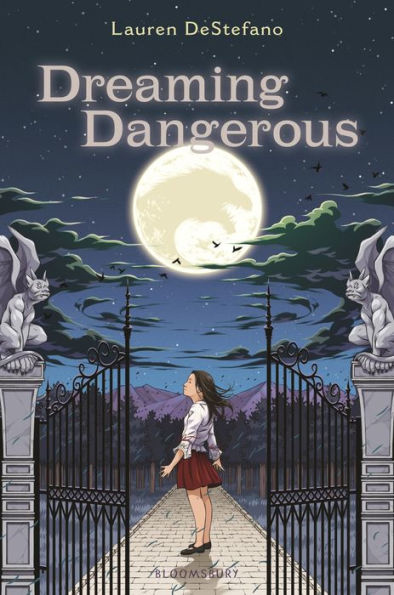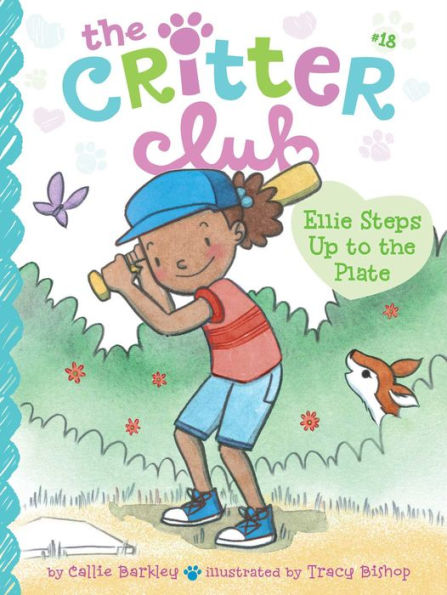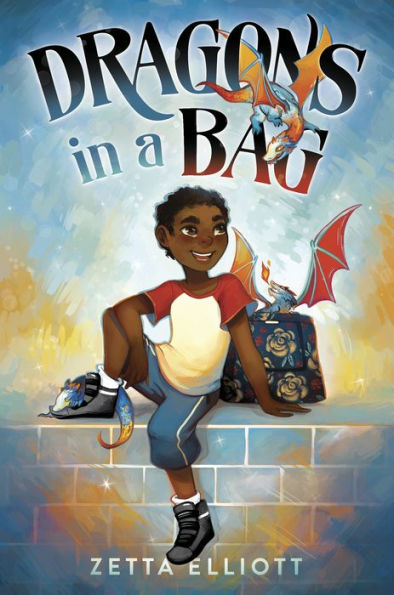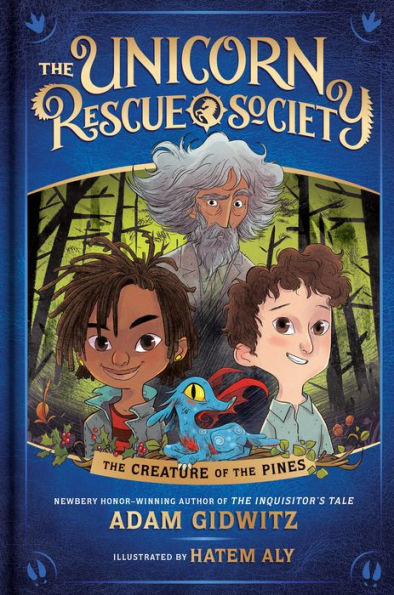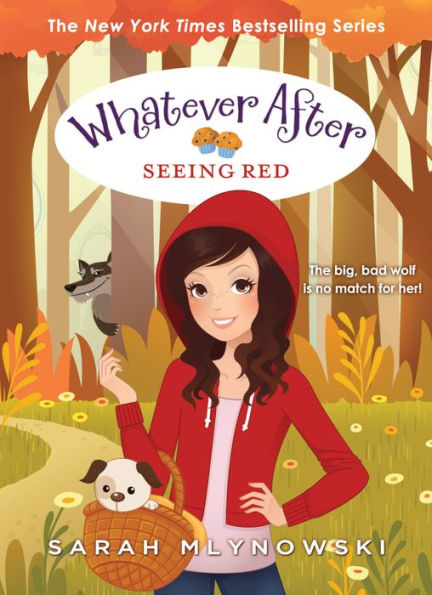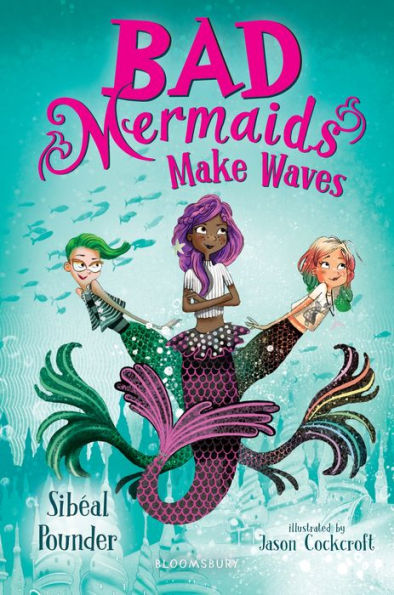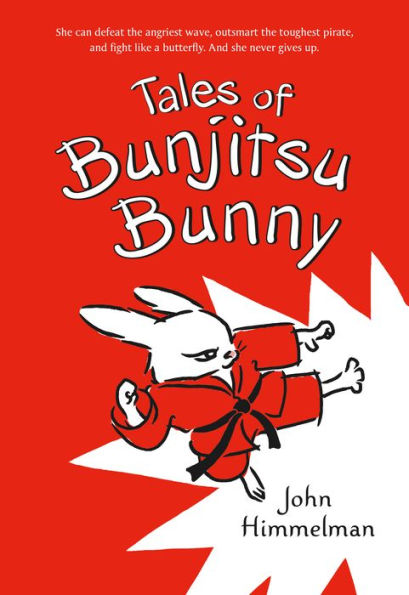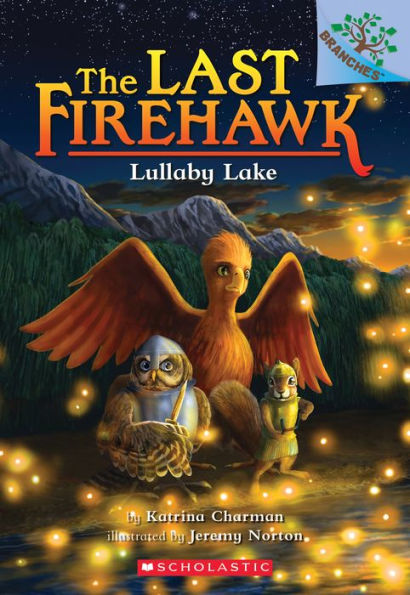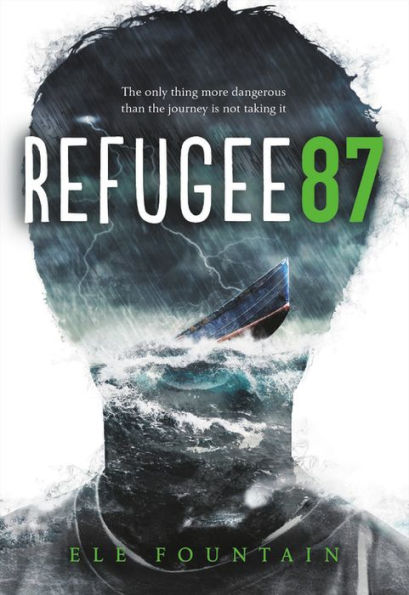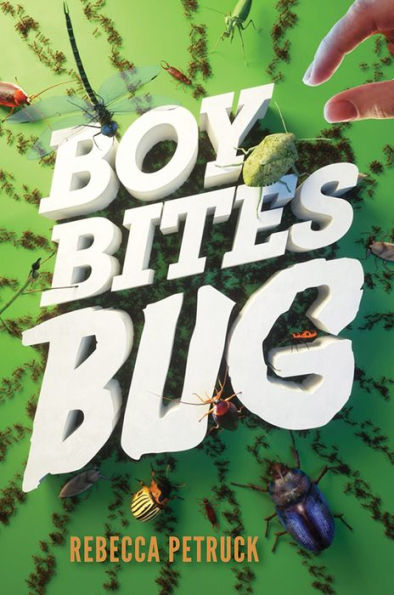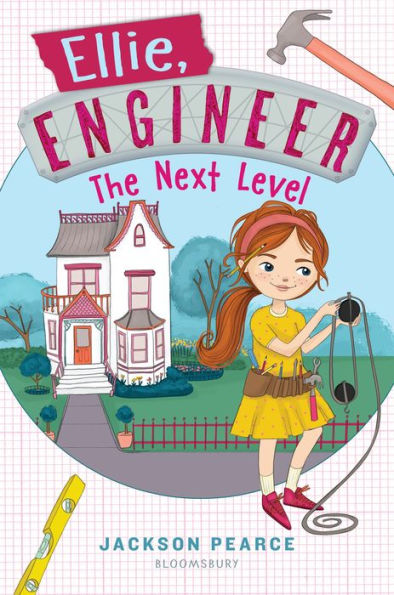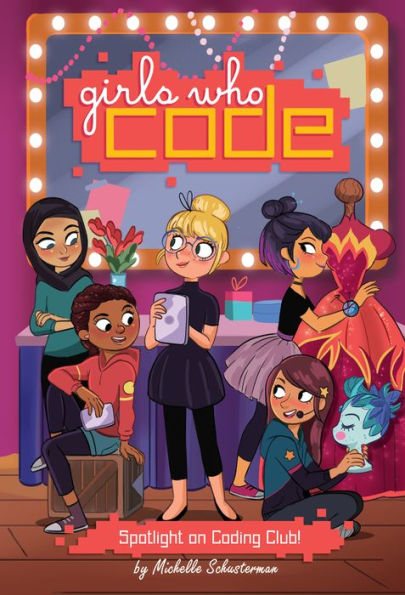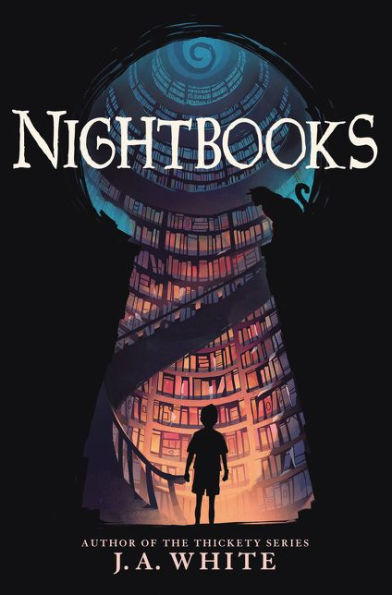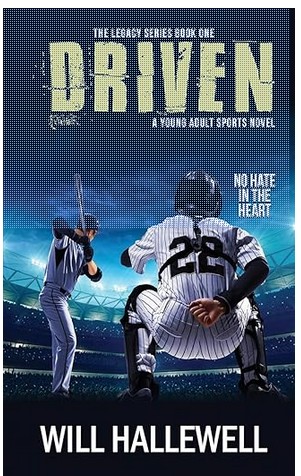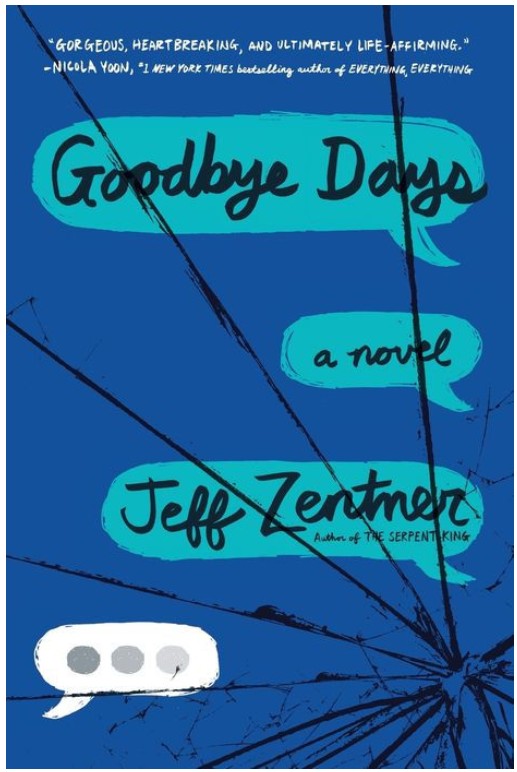Gray is bigger than the other sharks in his clan and when his stomach rumbles, Gray follows the food and gets into trouble. Gray is banished from his reef and is forced to journey into the Big Blue. Luckily, his best friend Barkley goes with him. As they hunt for food, they enter an ocean world where the battle for hunting grounds is fierce. Gray and Barkley must find out which sharks are friends and which sharks are foes. How will the two friends keep from becoming someone else’s dinner?
The action-packed story follows Gray, who struggles with his large size and his hunger. Because the story is written in the third person point of view, the reader knows that sharks are keeping secrets from Gray. The reader knows that Gray should not be so trusting, adding suspense to the story.
Shark Wars creates a believable world where sharks rule the underwater realm. As the shark clans fight for food, Gray struggles to learn fighting skills, as well as to determine which sharks are trustworthy. Gray learns that even though he doesn’t like a fellow shark, that doesn’t mean they cannot work together for the good of the group.
As Gray meets other fish, he wonders if he is “swimming a good current.” In the end, he discovers the importance of loyalty and standing up for his friends. Shark Wars teaches the importance of doing what is right. The author tells Gray’s struggle for survival in an interesting way. Altbacker includes shark language such as landsharks, shiver, chop chop, and greenie. The cover of the book has a picture of each shark, which allows readers to understand the size and physical differences of characters. With 248 pages and no pictures, Shark Wars is a good choice for fluent readers. For those wanting a story that combines sharks, friendship, and fighting, Shark Wars will keep you entertained. But be warned, once you read Gray and Barkley’s story, you will be hooked and want to have the next book of the series waiting on the shelf!
Sexual Content
- Valenka rubs up against the male sharks when she is trying to convince them to do something. For example, when trying to convince Goblin to do something, Valenka, “rubbed against him and whispered in his ear.”
Violence
- A tiger shark attacks Gray and Barkley. “Gray heard a satisfying ‘Whufff!’ as he rammed the shark in the soft underbelly by his liver. The tiger tried to turn but was momentarily paralyzed. Barkley hammered the dazed attacker next. Or he tried. Because of his small size, he bounced off like a sea horse against hard coral.”
- Gray’s clan is attacked and many of them are sent to the Sparkle Blue. The attack is not described, but Gray is upset. “A reddish haze descended over his eyes as he thought of someone eating sharks from his shiver family.”
- Goblin and other sharks attack Gray and his friends. “Gray swam towards Goblin, who taunted the sawfish by nipping at his tail as his other shiver sharks laughed. Gray picked up his pace by ferociously whipping his tail back and forth. . . Gray hit the great white in the side, doing no real damage but forcing him from Snork.
- The sharks play a game where they try to eat wahoo, which are really fast fish.
- A shark, Thrash, taunts a mother turtle and threatens to eat her babies. The shark “lazily slid with the current so he was now facing the turtles and blocking them from the safety of the greenie. He gnashed his teeth together. “ ‘Just swim inside! You won’t feel a thing’ . . . Thrash laughed and then opened his mouth to bite the momma turtle in half with his jagged teeth. She screeched in fear. . .” Another shark appears and stops Thrash.
- Thrash taunts a beta fish, then gets beat up by it. “Then the little fish caught Thrash by the tip of his tail with its frilly fins and somehow swung him in circles! And fast. . . The little fish threw Thrash into the distance, several body lengths away.”
- Two shark clans battle. “The cries of bloody victory and death receded until he only heard his heartbeat and the water whisking past his gills. Gray rammed one attacking bull hard, sending it spinning away just before it could bite Thrash. . . Goblin battered a blue shark away from Churn, then bit a dorsal fin off another.” Several sharks die. The battle takes place over four pages.
- A group of Goblin’s shiver sharks set a trap and attack others. “Ripper barreled into Shell, knocking him senseless. . . Barkley didn’t even feel the tiger’s impact on his side. Suddenly he felt the water cool and sweet, and he was floating by the Coral Shiver reef.” The sharks are put into a cage.
- In a fit of anger, Gray “whirled and gave Striker a tremendous tail slap to the face. Gray actually felt it all the way up to his spine.”
- When Gray tries to free his friends, other sharks try to stop him. Thrash “launched himself at Gray, who barely missed losing his left fin. He jammed Thrash as he passed flank side with his dorsal fin, raking the tiger.” The battle is described over three pages.
- There is an epic multipage fight between Goblin’s clan and another clan. “Everything was flashing teeth, blood, confusion, and above all, the thunderous fin of the Bluefin siege flashing by, a relentless, speeding, silvery mass. . . He [Gray] butted two attacking bulls off the safe area, and both were sucked into the Run as if jerked away by a giant octopus tentacle. . . Striker smashed into Shell’s pursuer, biting him in the gills and forcing the dying shark into the current.”
Drugs and Alcohol
- None
Language
- Gray gets stuck. When his friend teases him, Gray yells, “Shut your cod hole and push!”
- A fish calls other fish “morons.”
- Heck is used three times. For example, Goblin asks, “Who the heck are you?”
Supernatural
- None
Spiritual Content
- Sharks that die go to the “Sparkle Blue.”
